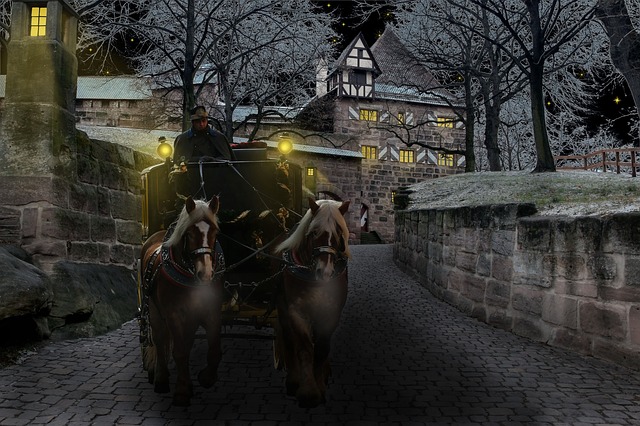Note: the following article on metatextuality in Dracula is a modified excerpt (pp. 163-165) from my doctoral dissertation, “Time is Everything with Him”: The Concept of the Eternal Now in Nineteenth-Century Gothic, which can be downloaded (for free) from the Tampere University Press pages. For a list of my other academic publications, see the related page of my website.
Intertextuality and Metatextuality in Dracula
Gothic texts regularly display a connection to other texts, especially Gothic ones. This occurs as means to self-reference, and also to facilitate a certain temporal association. Bram Stoker’s Dracula refers to a number of Shakespearean works, to Samuel Coleridge’s The Rime of the Ancient Mariner and Christabel, and to John Keats’s “La Belle Dame sans Merci”, among others. Under these allusions exists a vast, complex network of interconnected meanings. These metatextual beacons create a connection of any given Gothic narrative with its tradition, at the same time perhaps assigning new meaning to its predecessors, much like Jorge Luis Borges’s claim in “Kafka and His Precursors”, where he compares Kafka’s work to some older texts:
Kafka’s idiosyncrasy, in greater or lesser degree, is present in each of these writings, but if Kafka had not written we would not perceive it; that is to say, it would not exist … The fact is that each writer creates his precursors. His work modifies our conception of the past, as it will modify the future. (1964, 108; emphasis in the original)
In many ways, the Gothic seems to be ontologically aware of itself, Indeed, on many occasions the term “meta-Gothic” could be employed to describe texts that “[reflect] upon the meaning of Gothic conventions, disclosing the points of connection between genre and discourse” (Miles 1993, 96).
